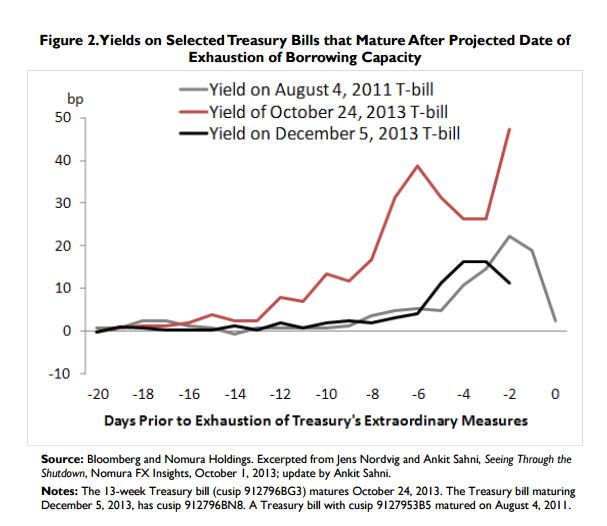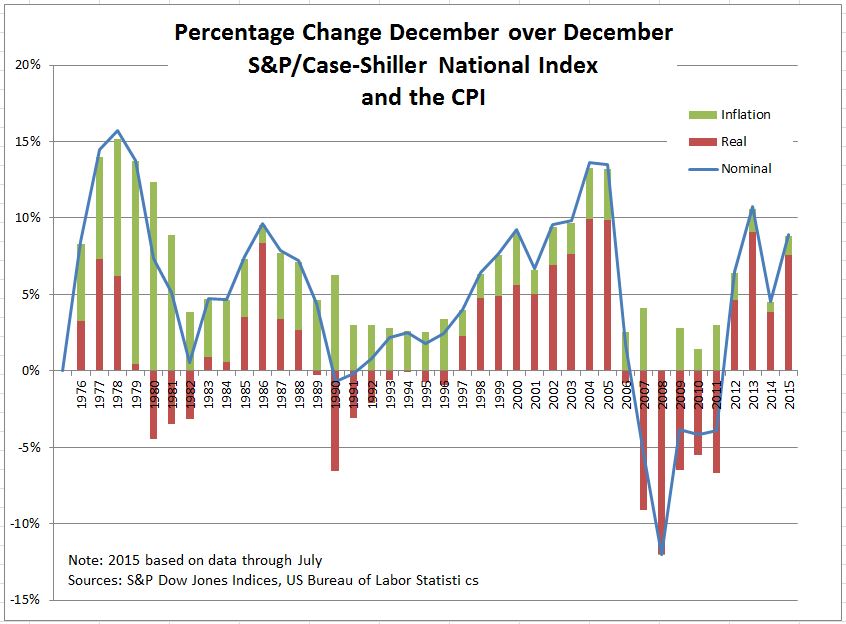Last year the Dow Jones Sustainability Indices (DJSI) celebrated their 15 year anniversary, making them the longest running family of global sustainability indices in the world. The DJSI have been recognized as one of the most credible ratings in the world (GlobeScan / SustainAbility Survey) and have played a supporting role in leveraging sustainability as a key business driver for corporate success. The indices continue to serve as a key companion and benchmark for global companies across all industries throughout their sustainability evolution. The best-in-class approach allows companies to measure themselves directly against their peers and allows for healthy competition within an industry. After all, no one likes coming in second place.
The DJSI rely on the information provided by companies via RobecoSAM’s Corporate Sustainability Assessment (CSA). The CSA is a unique collection of questions and criteria, addressing the most material sustainability issues within each of the 59 industries that are assessed. The wide range of topics go beyond the traditional environmental, social, and governance approach, aiming to find the intersection between what matters most to companies and investors. Topics like innovation management, customer relationship management, and tax strategy are perhaps not topics that would normally be connected to the word “sustainability,” but for RobecoSAM, these are key areas that drive long-term value creation within companies.
The information submitted by companies needs to be backed by supporting documents (audit reports or publicly available information), and the CSA process itself is audited by Deloitte. Additionally, a Media and Stakeholder Analysis (MSA) is used to monitor companies continually, ensuring that they are upholding their sustainability commitments and adhering to the principles and policies they communicate to their stakeholders.
The recent Volkswagen scandal highlights the rigorous procedures in place to ensure that the integrity of the DJSI remains intact. Potential problematic issues relating to any DJSI component company automatically trigger an MSA. Following the MSA, the Dow Jones Sustainability Index Committee (DJSIC) reviews the issue and decides whether the company will remain in the index, based on DJSI Guidelines. In Volkswagen’s case, the result was exclusion from the DJSI. DJSIC decisions are reviewed annually, and RobecoSAM maintains communication channels with the companies in question on behalf of the DJSIC to track their progress.
Like the 15-plus-year development of the DJSI, the CSA has been subject to change over the course of its 20-year life, aiming to address the emerging risks and opportunities within industries on an ongoing basis. Corporate sustainability has come a long way, and investors see sustainability not only as a means of mitigating or avoiding risks, but also for seizing new opportunities that arise. Similarly, the CSA has evolved to identify the companies that are leveraging these opportunities as new sources of value creation, while challenging them to rethink the way they communicate about sustainability.
In 2015, 864 of the world’s largest organizations participated in the CSA, investing a sizeable amount of time, effort, and manpower to ensure that the results best reflected their sustainability efforts. Beyond vying for a place in the DJSI, companies are compensated for their efforts through the feedback received from the DJSI, which is often used as a way to measure the investment community’s views on emerging sustainability issues. For instance, in 2014, the tax strategy criterion was introduced, which was initially received with mixed reactions, as companies felt this was out of context and were unable to provide answers to the questions asked. One year later, almost twice as many companies answered these questions, highlighting that the topic of tax transparency has made it onto their sustainability agenda and is being addressed by other stakeholders. RobecoSAM encourages companies to participate actively in the CSA—we see it as a playbook for embracing and adopting financially material topics, challenging them with new long-term risks and opportunities, and ultimately for finding innovative sources of competitive advantage.
Now in their 16th edition, the DJSI continue to serve as the leading global benchmark for corporate sustainability, and the collaboration between S&P Dow Jones Indices and RobecoSAM continues to provide the basis for new, cutting-edge sustainability products for investors. The CSA remains the foundation of this product development and helps corporations and investors achieve long-term value from sustainability, regardless of how far they’ve come on their own sustainability journeys.
The posts on this blog are opinions, not advice. Please read our Disclaimers.










